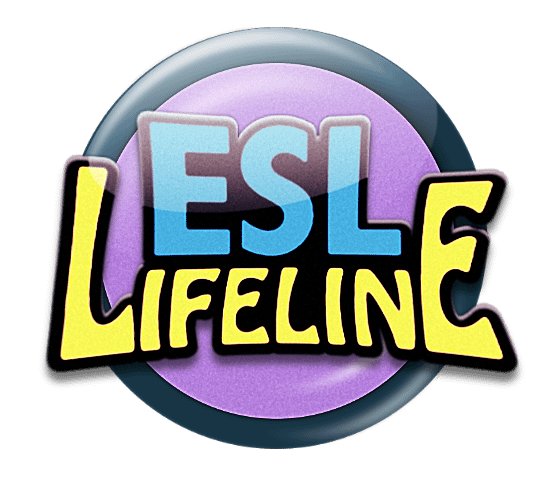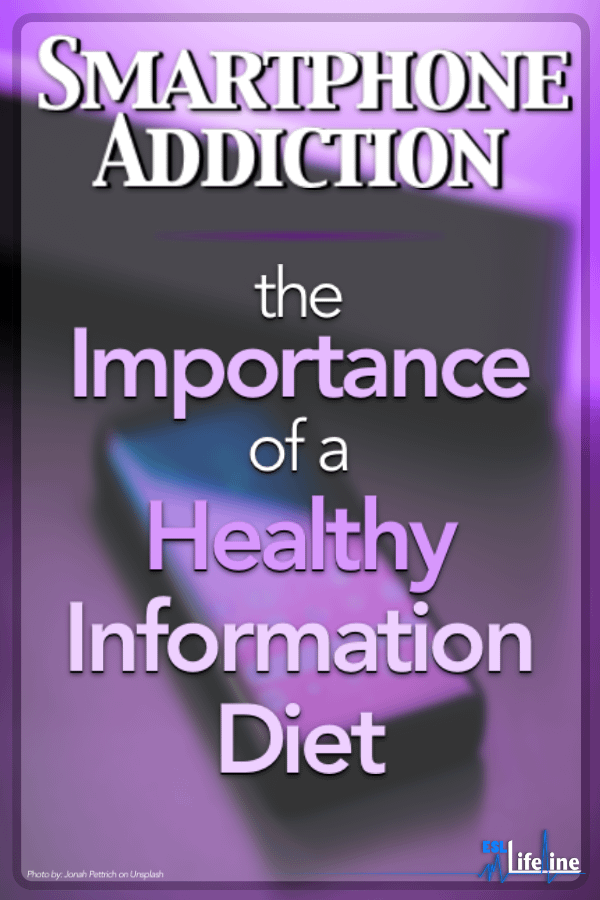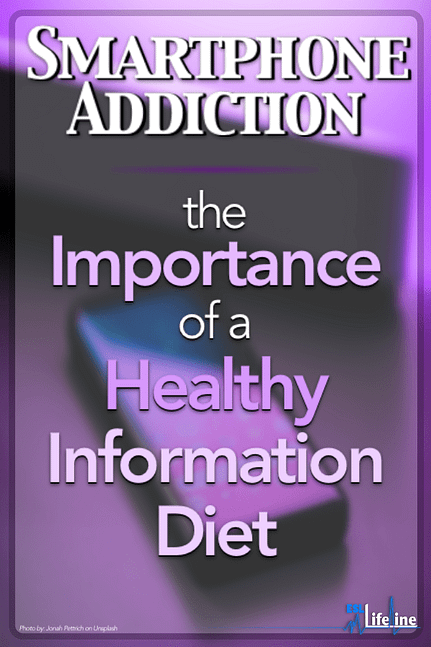“You are what you eat,”, at least that’s that old saying. Being conscious of what we put down our gullets can mean the difference between living healthily or not. So, we tend to widely acknowledge that eating large quantities of junk food can hurt us, both physiologically as well as psychologically – it’s all connected, really.

A little savor of something sweet or deep fried now and again is not bad but it is important to be mindful and ‘watch what you eat’ because, as we are learning, most of the ingredients used to make those foods we love aren’t meant to be consumed regularly. But what about ‘information’?
Can there be ‘unhealthy’ information out there that can be unhealthy to us, too? If it is true that ‘you are what you eat’, meaning the food that you put inside your body becomes a part of you, then by extension you are what you put into your brain too, right?
Information Overload
The amount of information that bombards our senses these days might surprise you. According to a recent study conducted in San Diego, it is believed that the average person gets bombarded by about 34 gigabytes of data every day (Royon, n.d). That puts us in the middle of what some label as ‘The Age of Distraction’, where, due in large part to our portable devices, we are in the constant presence of information that has the ability to distract us.

Smartphones are one such potentially distractive device, technology that scientists classify as disruptive – that is, technology that changes the way in which we live, forever.
For a historical reference point, think about how different everybody’s lives would be today without the existence of computers? Computers changed things in a, mostly, positive way for us.
The Dark Side of Disruption
It is easy to call to mind the good things our devices can do – like instant communication or adorable cat videos – but are the negatives of this disruptive technology fully understood and talked about? The content that make up the data we ‘cerebrally ingest’ seems to be analogous to the ingredients in some foods.
If that is true then, like a lot of unhealthy food, consuming too much may not always be good for us – that is, good for our minds. But if some information is bad for us, all we would have to do is not look at it, right? As you will see, our technology, and how it operates on our brains, can be a lot harder to ignore than we think.
Our Evolving Brain
The reason is deeply neurological. We humans have a very new, still evolving brain that requires vast amounts of time and energy to process the busy world around us. And, these days, our attention is in greater danger of being disrupted through the prism of distraction than ever before in history.
Cognitive overload – too much information at one time – is a very real threat to our intellectual capabilities, especially to young people growing up and studying in multiple languages. Distraction makes it harder to settle our mind into deeper concentration and focus on a single task for a long period.

Our attention, to put it another way, is so often demanded in a multiplicity of stimulating directions that being distracted is starting to feel more like the norm rather than the exception. But what are the negative affects distraction impacts on our brains? And what does that mean for learning?
Distraction & Learning
The Mayo Clinic in The United States recommends no more than one hour of screen time a day for children between 2-5 years of age (2016). According to a study conducted in 2018, more than sixty-three percent of children in the United States (who were surveyed) admitted to spending more than two of their waking hours in front of a screen (Shaban, 2018).
Unbelievably, the average human being has about four thousand thoughts each day (Adam, 2014). That is four thousand other things to think about in addition to our needy social media presence.
Nicholas Carr, a journalist and advocate for smart uses of smart technology, says that using distracting media, like smartphones, “…train your brain to scatter attention” and make you “…less able to carry out the kinds of deep thinking that require a calm, focused mind” (Carr, 2011, p. 95), the kind of focused mind required for, say, deep reading on an English examination.

So powerful, in fact, is the pull of distraction that, according to a recent study, the average office email goes unread for about a whole six seconds (Alter, 2018). That means that when one email is being read, the next one is already pushing towards the front of the line. What might this be doing to our level of aptitude in academics?
The Distracted Student
This always makes me think of a question I receive repeated from my students: “Teacher, how do I become a better reader?” Sadly, in the Age of Distractedness, the answer is harder than it used to be. Sorry. To explore the reasons more fully, it is best to look to J. Mortimer’s edifying tome How to Read a Book. In it, he says that “one reader is better than another in proportion as he is capable of a greater range of activity in reading and exerts more effort” (Mortimer, 1972, p. 7).

This effortful reading is, however, what is so often lacking in the pursuit of improving our focused academic abilities, usually because we donate less and less concentrated focus to it. What Mortimer seems to be saying to me is that to be a great reader, one needs to train your brain to think on a deeper, quieter level.
But, as Nicholas Carr points out, deep thinking is so often sacrificed to the distractions we surround ourselves with, like our smartphones (2011). These distractions come with more distractions on top of more distractions – like delicious toppings on junk food! – that we convince ourselves aren’t really that bad for us. How do we convince ourselves that we should ‘bite off more than we can chew?’ Enter the 21st century skill of ‘Multitasking’.
Multitasking
Multitasking has become a rite of passage for some youths today – cognitive scientists refer to the jumping of one task to another as ‘shifting costs’. Lately, a lot of costs are being shifted, with school being no exception. I’ve seen students text messaging on one phone while holding a completely different conversation on another device.
I’ve seen fingers fly across screens and heard explosions pop into and out of existence quicker than I can say ‘You’ve got mail’.
And I’ve seen all of this happening seconds before class time!
But is it still possible to process complex information, like academic texts such as seen on the IELTS, if our brains are accustomed to shifting from one thing to another? Can we practice and become experts at maneuvering through the traffic of multitasking and then simply switch it off when we need to?
An Age of Acceleration

“By speeding up change in our outer world…” Alvin Toffler warned us back in 1984, “…we compel the individual to relearn his environment at every moment… [this] places a new demand on the nervous system” (1984, p. 180). These demands are difficult in a low technological environment, but imagine the strain it places on someone who is shifting from one language into another in the age of distraction?
Not only do they have to shift from a technologically stimulating task in one language, they also have to forget the stimulating reward offered (more on this later) and then prepare to study a new language in a more traditional setting. The stress this places on our brains is worrisome.
“But it gets worse!”
It turns out that by using technology over extended periods of time we may, in fact, be rewiring our brains and making the circuitry of our minds grow more and more accustomed to the shifting taking place with our technology (Carr, 2011, Greenfield, n.d, Lanier, 2011). In other words, our minds become what we do with them most often.
“Wait a minute! Does this mean that the more I use my device the more I might develop an… addiction to it?”
You bet! According to a study in the United States published in 2013, 54% of Americans said they check their smartphones at least once every hour (Sarwar & Soomro, 2013). That was all the way back in 2013. Eons ago!
Smart technology has increased exponentially since then (see Moore’s Law), and the quantity of people connected through smart devices is nearly impossible to measure.
This high rate of usage is because technologies – smartphones being just one – are what scientists call ‘psychoactive’, which means they can alter or change your mood (Davis, n.d).
Psychoactive Technology
According the Science Daily’s website, ‘psychoactive’ substances play with our brains in the same ways mood altering drugs do, creating habit-forming behavior and acting in concert with our nervous system.
When we hit a like button, for example, or crush another orange candy gum drop, reward signals called dopamine are released throughout our brains, and that makes us happy. And our brain, when it feels happy, wants more of that happiness; times ten.
After our brain realizes what is making this feeling, it pulls us towards the behavior that created the happiness in the first place. We then ‘like’ more posts or ‘crush’ more candy.

In the same way that someone who is addicted to a substance thinks about that substance even when he or she is not using it, heavy users of addictive technology think about those technologies even when they are turned off. This, in turn, produces distraction and subsequent technological dependency that carries over into the classroom.
Things like instant messenger and Facebook literally create an anxiety for us users, what Jean Twenge calls a “psychic tax” (2017), and this tax carries over from one moment to the next, becoming harder and harder to shift out of.

Now, image that anxiety coupled with the crippling anxieties of test taking and performance, throw in a new challenging language, and you’ve created a perfect storm of personalized distraction – with candy. But can candy still taste good if the quality is bad?
High in Calories, Low in Nutrients
Like quality food with high nutrition, information has differing values. Our technology has blanketed the world with an abundance of quantity. But the truth is: as you increase quantity, you lose quality; this is true for the assembly line and it is certainly true for the content we view on our devices (just Google ‘funny cats’).
An increase of quantity can strip information of any ‘nutritional value’ and, like food, leave it tasting bland. “If content is worthless…” says Jaron Lanier, one of the fathers of virtual reality and advocate for deleting your social media accounts, “…then people will start to become empty-headed and contentless [sic]” (2013, p. 90).
“Young people raised in a featureless environment…” states Rene Dubos in his prophetic book So Human an Animal, “…and limited to a narrow range of living experiences…” suffer consequences of intellectual deprivation (1968, p. 173).
Again, when it comes to shifting focus to academic tasks, like deep reading, from that viral and talented cat water-skiing on YouTube, sadly, it is the cat who is mostly winning our attention.
What about doing both? Surely, our brains have evolved enough by now to handle watching some feline’s misadventures in water sports AND be able to shift back to deeper more concentrated tasks after, right?
Probably not. The level of attention that smart technology demands places a serious cognitive burden on our brains and, through heightened enjoyment, keeps us locked into one specific task through a process called ‘temporal dissociation’ (Thomas, 2006).
What its Like to be Distracted
You know how you can be watching some video on YouTube and, unexpectedly, and hour has gone by? That’s temporal dissociation. This ‘mental absorption’ increases the likelihood of what some call arousal addiction and makes the chances of the enjoyable task sticking in your mind for longer more likely (2006).
In a study on university students published in 2012, researchers found that students who used smart devices for social purposes also used them more frequently during class (Junco, 2012). “Human behavior is driven in part by a succession of reflexive cost-benefit calculations…” writes Adam Alter in his 2018 book Irresistible: The Rise of Addictive Technology and the Business of Keeping Us Hooked.
“When the benefits overwhelm the cost, it’s hard not to perform the act over and over again, particularly when it strikes just the right neurological notes” (2018, p. 16).
Adam Alter, Irresistible: The Rise of Addictive Technology and the Business of Keeping Us Hooked
It’s not easy to shift from the easy (and fun) platform of a psychoactive device to more traditional classroom requirements. According to Pew Research Study published in 2015, 92% of teens report going online daily – including 24% who say they go online “almost constantly” (Lenhhart, 2015).
So, simply putting away the phone can lead to a feeling of separation anxiety when it comes time to do cognitively-demanding tasks. On a developmental level, because humans, both physically and neurologically, prefer the path of least resistance, the preference is more often placed on the ease of a task – watching – rather than deeper, more concentrated processing – like sustained reading.
In other words, it is easier and more enjoyable to watch that cat landing the triple axel than force our brains into a deep state of concentration.
How to Fight Back
So, what’s to be done? How do we cope in an age of distraction? Ironically enough, the creators of some of our favorite technologies – like the late Steve Jobs with the iPad, Bill Gates of Microsoft or Even Williams with Twitter – do not have any advice for us because, when it comes to addictive technology, they do not let their children use them.
“Wait. What?!”
That’s right! Steve Jobs, Evan Williams, Lesly Gold and dozens of other technologists avoid their own creations (2018). These experts understand, better than anyone else, the disruption their devices and services cause, and they also deeply intuit the dangers of their creations. They understand that ‘consuming’ large portions of addictive, non-nutritional information is risky and creates serious health problems.
I don’t know about you, but when a chef refuses to eat his own food I’d rather go to another restaurant.
Take Back Control
Luckily, there is something to be done. Learning about proper, healthy uses of technology is a helpful start. Simply being aware of the time you spend using technology and the quality of information you expose yourself to can, like nutritional food, go a long way to improving your quality of life.

Just as becoming a better reader is about practice and effortful training, so too is our relationship with the devices we choose to let into our lives. We are still in control of our ‘digital diet’ – at least for now – and there has never been an easier time in history than right now to become educated on the healthier uses of technology, especially in regard to our education.
Just as becoming a better reader is about practice and effortful training, so too is our relationship with the devices we choose to let into our lives. We are still in control of our ‘digital diet’ – at least for now – and there has never been an easier time in history than right now to become educated on the healthier uses of technology, especially in regard to our education.
But, like junk food, that video can be sprinkled with a little too much sugar. That post can be deep fried in misinformation. That water-skiing cat can be served with an extra-large side of chips. So, it is always important to ‘watch what you watch’.

Interested in educating your students on the topic of Smartphone Addiction? Check out my lesson here.


